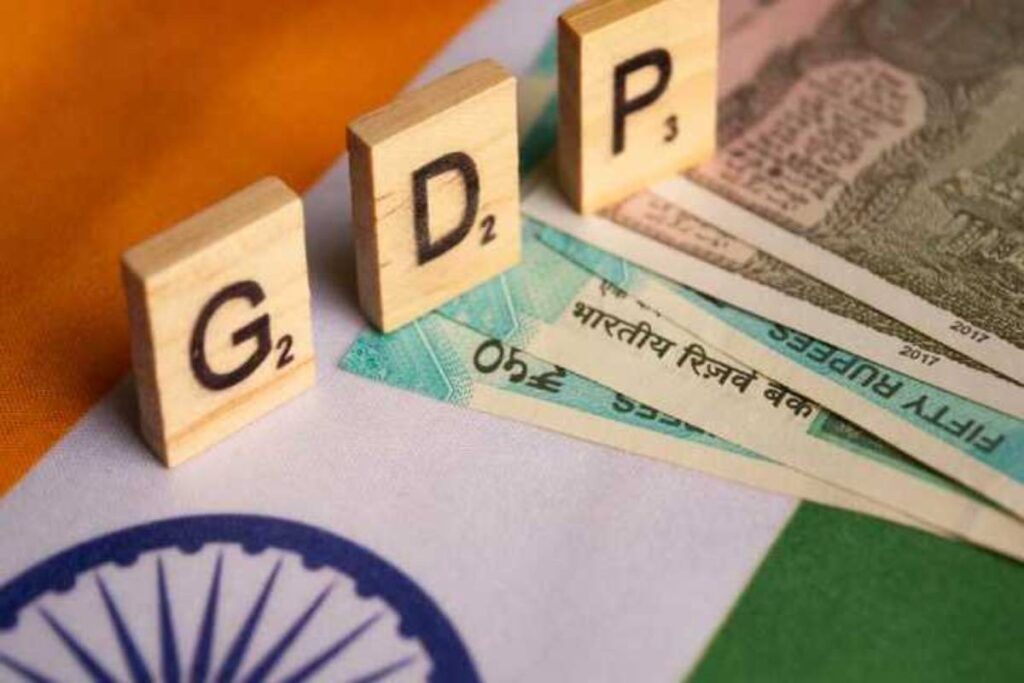Let’s face it—most economic terms sound like they belong in a textbook, not in your everyday life. One of those is Potential GDP. But here’s the truth: understanding this one concept could help you make smarter financial choices, whether you’re budgeting for groceries or investing for the future.
So let’s break it down in plain English—and show you why this matters more than ever in 2025.
What Is Potential GDP, Really?
Think of the economy like a car engine. Potential GDP is the speed your engine can run at smoothly, without overheating or stalling.
It’s the economy’s ideal performance level—producing as much as it can without causing prices to spike or resources to burn out. If we go faster than this (spend or produce too much), we risk inflation. If we go slower, we’re not using our full potential—leading to unemployment or lost opportunities.
Why Everyone’s Talking About It in 2025
Right now, economies around the world are in a big transformation. AI, green energy, remote work, and automation are reshaping how businesses operate and how people work.
Governments and central banks are watching potential GDP closely because it helps answer big questions like:
- Are we growing too fast or too slow?
- Should interest rates go up or down?
- Is inflation temporary—or here to stay?
And guess what? These questions don’t just affect policymakers—they affect you.
Real GDP vs. Potential GDP: The Gap That Matters
Here’s the trick: when the economy produces more than it should, we get inflation and rising costs. When it produces less than it could, we get layoffs, pay cuts, or slow job growth.
This difference is called the “output gap.”
- When the economy is overheating, prices rise and your purchasing power drops.
- When it’s underperforming, jobs are scarce and businesses may struggle.
- When it’s just right, things run efficiently and you see the benefits in your daily life.
What Does This Mean for You?
You don’t need a degree in economics to feel the effects of potential GDP. It quietly influences your day-to-day life in more ways than you think.
1. Loans and Interest Rates
When the economy runs hotter than its potential, central banks often raise interest rates to cool things off.
That means:
- Your home or car loan EMIs could get more expensive
- Credit card debt costs more
- But your savings might earn more interest too
2. Jobs and Paychecks
If the economy is underperforming, companies might hold back on hiring or raises. But if it’s growing within its potential:
- More jobs open up
- Wages tend to rise
- Freelancers and gig workers might see more opportunities
3. Prices at the Store
Ever wonder why your grocery bill feels higher one month? If the economy is running too hot, prices climb. Keeping GDP near its potential helps keep inflation in check.
4. Investing Smarter
Stock markets love data. Knowing how close we are to potential GDP helps investors:
- Decide if it’s time to go big on stocks or play it safe with bonds
- Understand market dips and rallies
- Prepare for policy changes that could shift the economy
What’s Happening Around the World?
In 2025, fast-growing countries like India, Indonesia, and Vietnam are revising their potential GDP upward—thanks to young populations, tech adoption, and infrastructure growth.
Meanwhile, economies like the U.S. and Europe are dealing with aging workforces, trying to boost productivity with automation and innovation.
Each country’s potential GDP reflects its unique challenges and opportunities—but all are trying to find that sweet spot of stable, sustainable growth.
Final Thoughts: Why You Should Care
Potential GDP may not be trending on social media, but it plays a huge role in how money flows through your life.
Whether you’re:
- Saving for a home
- Starting a business
- Watching your spending
- Or just trying to understand why everything feels more expensive
Knowing how the economy is performing compared to its potential gives you a huge edge. It’s not just a buzzword—it’s a behind-the-scenes force that helps shape your financial reality.

